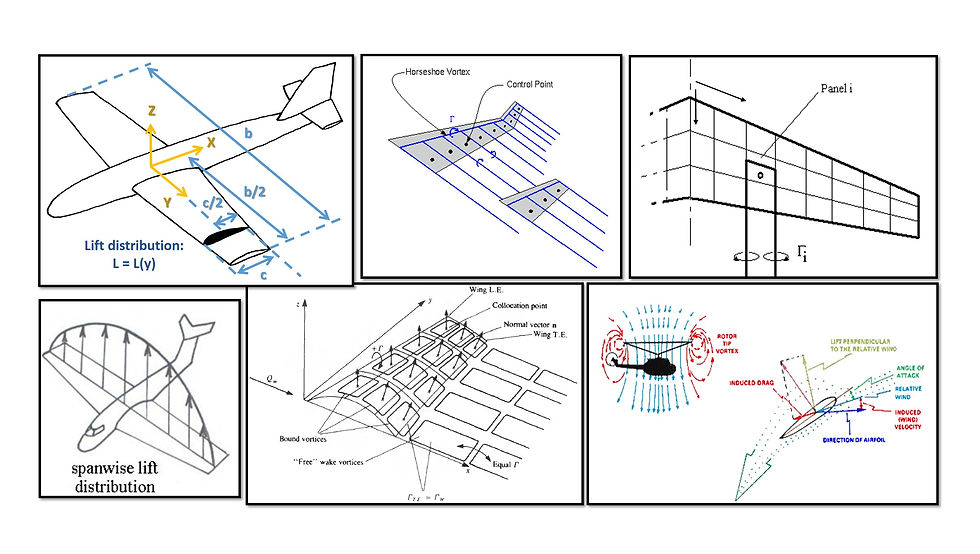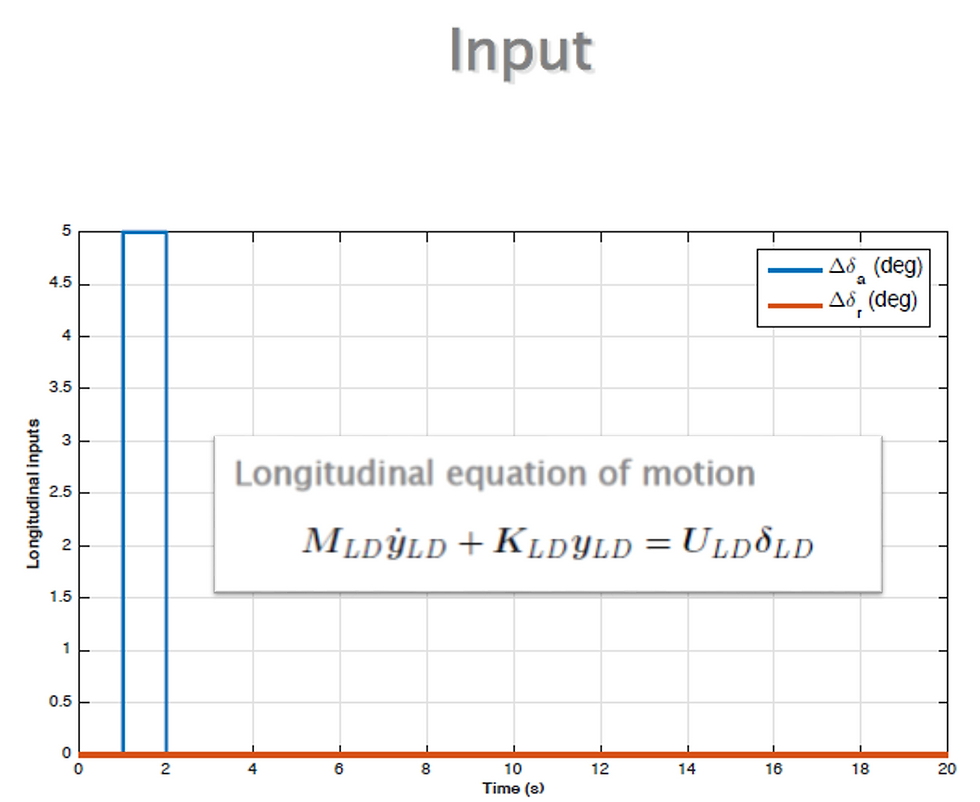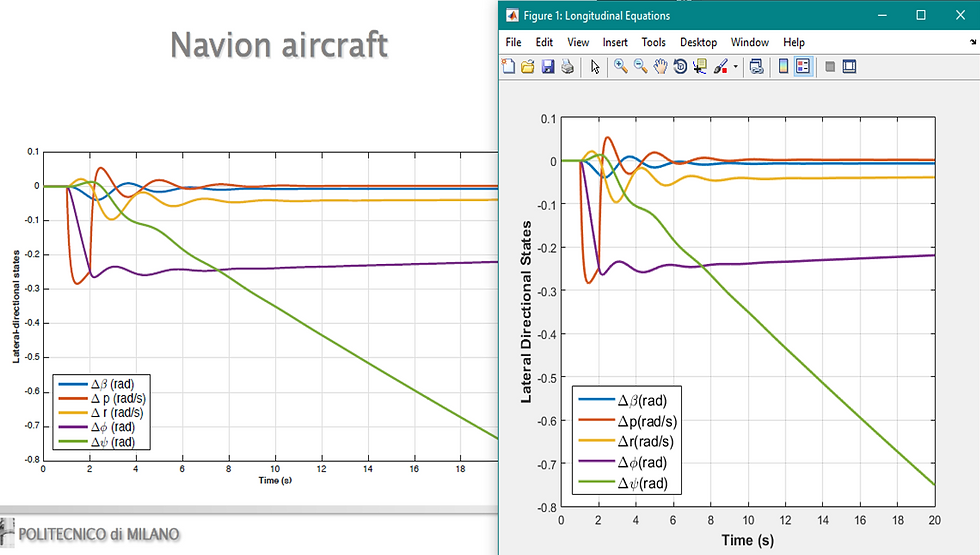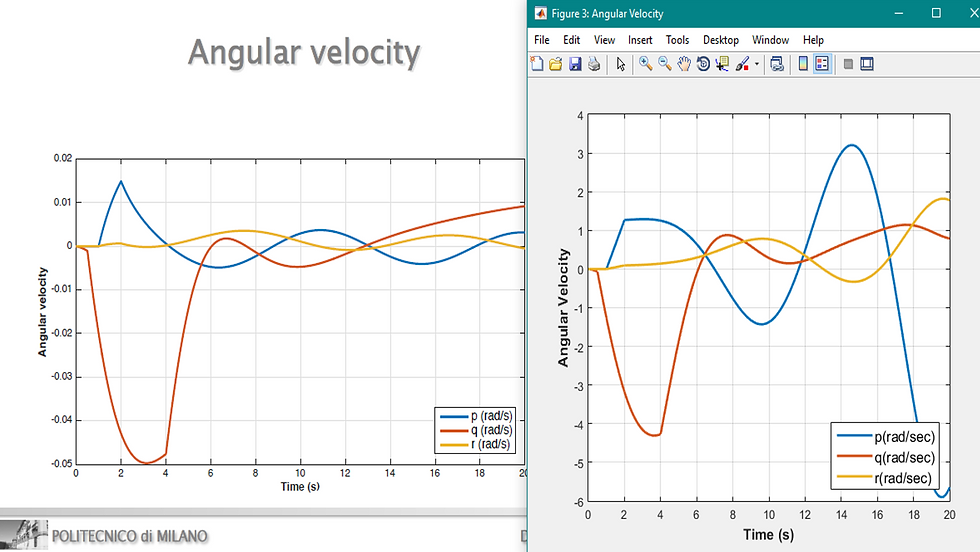Aerodynamics




Aircraft wing and Helicopter blade: lift and thrust.
During my exchange program in the Politecnico di Milano, Italy, I followed the Aerodynamics course from the Aeronautical Engineering Master program, which main purpose was to provide the knowledge about the aerodynamic principles, such as:
-Kutta-Joukowski's theorem.
-Thin profile and Theodorse theory.
-The contour aerodynamics of the wing profile
-Experimentation in the wind tunnel.
-Compressible currents
-Profiles and wings in compressible area
-Numerical aerodynamics
-CFD in aerodynamic applications.
-Rotor dynamics.
-Effects of rotor wake on aerodynamic loads on fuselage.
...And many others.
Part I: Aircraft Wing
For the first small-project of the course, I calculated the lift spanwise-distribution of a fixed wing aircraft, including the Lift Coefficient, for several angles of attack, with the assumptions of incompressible and steady flow and constant properties, given specific flight conditions and atmospheric parameters and the geometric data of a Boeing 747 with a NACA 2412 airfoil. I used three (3) methods to compare the results:
-Method #1: One (1) line of horseshoe vortices over the span (2D).
-Method #2: Horseshoe vortices over the span and over the chord (3D).
-Method #3: Ring vortices over the span and chord (3D).
Part II: Helicopter Blade
For the second small-project of the course, I calculated the induced velocity and the thrust along the blade of a helicopter, with the assumptions of incompressible and steady flow and constant properties, given specific flight conditions and atmospheric parameters and the geometric data of a Agusta A-109 with a NACA 2412 airfoil. I considered several configurations for the blade twist angle.
October 2015 - March 2016
October 2015 - March 2016
Flight Dynamics
During my exchange program in the Politecnico di Milano, Italy, I followed the course of Flight Dynamics from the Aeronautical Engineering Master Program. The main objective of the course was to provide the basic knowledge of basic flight dynamics, control, identification and advanced flight dynamics.
As part of the course program, several computational laboratories were done in MatLab, such as:
1. Longitudinal response: given the aerodynamic and geometrical characteristics of two aircrafts, and a control time history, integrate the longitudinal equations of motion. The two aircrafts are the Navion Aircraft and Boeing 747.
2. Lateral-directional response: given the aerodynamic and geometrical characteristics of two aircrafts, and a control time history, integrate the lateral-directional equations of motion.
3. Non linear response: integrate the ODE, with the given input, for the Boeing 747 aircraft. The initial condition is the reference configuration.
Among others.





















